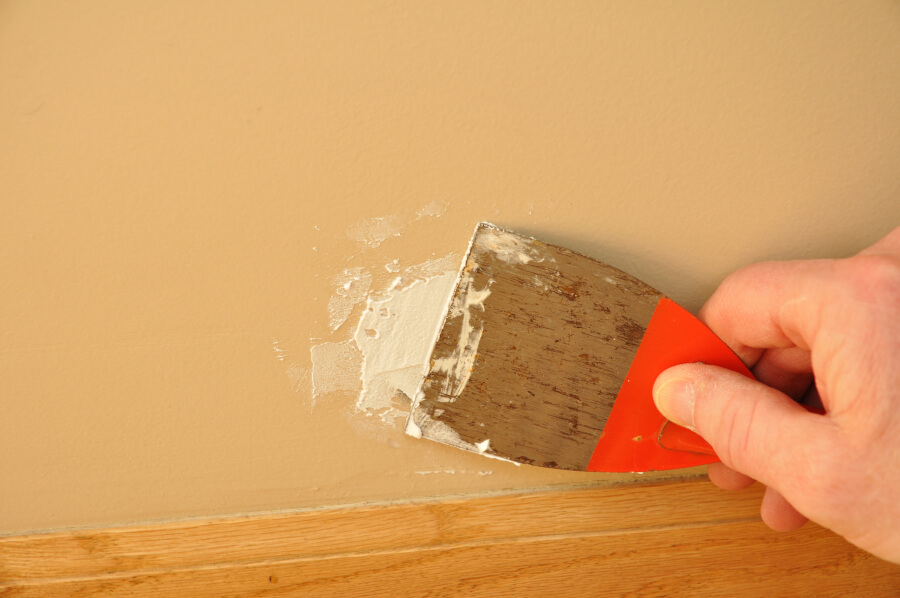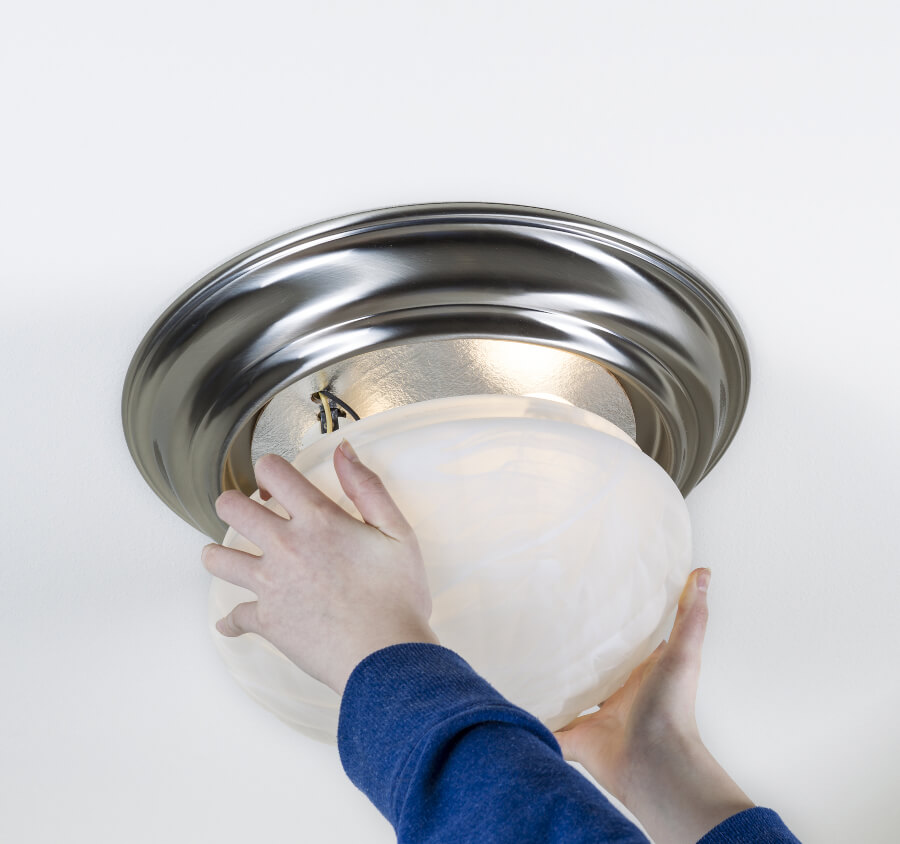Home Improvement Skills That Every Homeowner Needs

Congratulations! You saved enough for a down payment, found a house you loved, got your offer accepted, and now you've closed and moved in.
You've only been in your new house for a couple of weeks when you're in your kitchen and hear, "drip, drip, drip..."
Your first inclination is to call your... landlord... Oh, wait! You're not renting anymore!
Welcome to the joys of homeownership.
In reality, the benefits of owning a home far outweigh the downsides. But if you call a contractor for every minor issue in your new home, the expenses can quickly pile up. It would be wise to develop some home improvement skills so you will be prepared when problems like these come up.
But what are the most common issues and the skills needed to repair them? We will cover several skills that every homeowner needs in this article.
Painting
This one may seem obvious, but it is likely the most common DIY project among homeowners. The main reason for this is that nothing can go terribly wrong when painting a wall. The task is also fairly straightforward.
Beyond changing the color of a room, you'll often need to touch up paint after a repair. One of the most common repairs requiring touch-up painting is patching a hole in drywall.
Covering about 95% of a wall typically goes very quickly. You can use a large roller and cover the wall in paint in no time. It's the last 5% that takes the bulk of the time and requires the most skill. You will need to develop a steady hand with a brush to cover all the areas that a roller can't reach, such as corners and next to trim. Don't be afraid to use painter's tape in these situations to achieve clean lines.
Knowing how much paint to use and how to mix it properly can save both time and money on your project. Homeowners often take advantage of free DIY calculators and tools that help them estimate the right amount of paint and supplies needed for their space. These resources reduce the risk of overspending and ensure the job gets done efficiently. With accurate planning, you'll have a smoother painting experience and a professional-looking finish.
Patching Drywall
Whether you pull a drywall anchor out of the wall or your kids knock a hole in the wall, you will likely need to repair your drywall at some point.
Repairing a small hole is very simple. All you need is some spackle, a putty knife, sandpaper, and touch-up paint. Simply spread some spackle into and around the hole. If the hole is relatively large, it might require a couple of coats to cover it completely.
One of the most common mistakes when repairing small holes is not using enough spackle. You need to apply enough to completely cover the hole and blend into the surrounding wall. You will need to learn how to feather the edges of the drywall mud you use to minimize the sanding required. Once the spackle has dried, sand off any bumps or lines and then paint.

Patching a larger hole is a bit more involved, but it can still be a DIY job. The most common way to repair a hole in drywall is to cut the area around the hole into a square, secure a couple of boards behind the hole by screwing them to the surrounding drywall, and screw the patch to the boards.
The most tedious step of drywall work is applying drywall mud. It will likely take a few coats, and the better you get at applying it and feathering the edges, the less sanding you will have to do later. This is a skill that you will develop with time and practice.
Repairing Plumbing Issues
If you live in your home long enough, you will undoubtedly experience some kind of plumbing issue. It is best to resolve these issues fast to avoid any water damage.
The most common plumbing issue among homeowners is a malfunctioned toilet. This usually has to do with the mechanism in the tank. Fortunately, many of these components can be easily replaced, and universal replacement kits are available at any hardware store.
The next plumbing issue you will face is a leaky drain pipe. To be prepared for these problems, you will need to know how the PVC pipes that serve as your home's drainage system are connected and held together. They are generally assembled using a plastic washer and a nut. When two pieces are joined together, the nut threads onto the male threads of the adjoining part and compresses the washer to form a water-tight seal.
The good thing about drain piping is that they are generally under low pressure. If you have issues with your supply piping, it is likely best to hire a plumber unless you are comfortable with this type of task.
Changing Out Locks & Knobs
Changing Out Locks & Knobs Every once in a while, you may decide to change all of the locks and doorknobs in your home. You can save yourself hundreds of dollars by doing this job yourself.
Removing your old locks and installing new ones is a very straightforward process. The only tools you should need for this project are a drill and a screwdriver. Since every brand is slightly different, it is best to closely follow the installation instructions from the manufacturer.
Changing Light Fixtures

A new light fixture can completely transform a space. Whether it is a contemporary chandelier in your dining room or a ceiling fan in your bedroom, sometimes you will want a new look, and a new light fixture will achieve it.
Although the project involves electricity, it can be a DIY project. However, if you do not feel comfortable with it, it is best to call an electrician.
If you decide to install a new light fixture yourself, the first step is to turn off the breaker powering the fixture. You will know which breaker it is because the lights will turn off when you switch it off.
Removal of the old fixture can be a bit challenging. The best approach is to break it down into smaller pieces as you remove it.
Like with locks and doorknobs, the installation instructions from the manufacturer should be followed closely. Sometimes, small steps must be taken in the proper order, or you will get to the end and have to start all over.
When connecting the new fixture to your home's electrical system, it is best to remember how the old fixture was wired and wire the new one the same way. However, if the ground wire was not connected to the old fixture, you should ensure it is connected to the new one.
It's Time To Tackle That To-Do List!
Hopefully by now, you know some of the most common repairs you will have to make as a homeowner and can start learning about them. Most of these skills come with practice, so don't get discouraged if it doesn't go great the first time.
Perhaps you have left some of these issues unresolved for a while and feel a bit overwhelmed by your unkempt house. If making all of the necessary repairs is too much for you, it may be helpful to reach out to a company that buys houses as-is. They will buy your home without asking you to fix anything so you can forget about all of the problems with it.
Either way, the skills discussed here are very beneficial to learn. Whether in your own home or helping family and friends, learning home improvement skills can be very rewarding and save you a bunch of money!